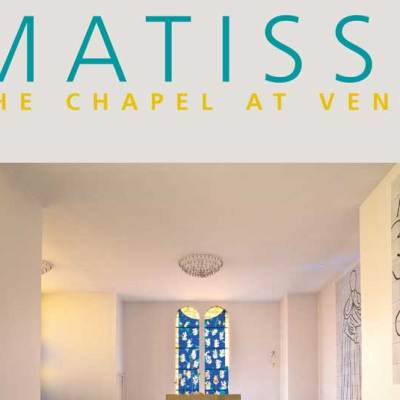A new wall of posters has appeared this month on the Boulevard Raspail in Paris’ 14th arrondissement. In the place of advertising hoardings or public notices, passers-by are assailed by three serried rows of photographs of wide-open mouths, teeth gleaming, tongues muscular, teeth and tongue framing an unfathomable dark hole. Are they screaming? Or yawning? Or opening wide for the dentist? It could be a series of stills from Beckett’s play, Not I, or a homage to Francis Bacon’s screaming mouth, but the artist responsible for this invasion, Graciela Sacco, is not telling. All she will say is, ‘If someone opens their mouth, they need something.’
This photographic work, Bocanada, or ‘nothing in the mouth’, is part of the exhibition ‘América Latina: 1960–2013′, which is at the Fondation Cartier in Paris until April. The Fondation has had a long relationship with Latin American artists, having mounted shows of Guillermo Kuitca in 2000, Beatriz Milhazes in 2009, and a group exhibition in collaboration with the Yanomami tribal people of Brazil, in 2003. The show is a collaboration with the private Museo Amparo in Puebla, Mexico, and looks at the way photography in Latin America has grown from its roots in pure social documentary to embrace collage, lithography, film, paint, installation and more conceptual work, without losing any of its political fury.
Since 1960, the year following the Cuban Revolution, the common experience of many Latin American countries has been political and economic instability, with nations prey to a baleful succession of revolutionary movements and repressive military regimes, with slow and uncertain transitions toward democracy. For Fondation Cartier’s curator Leanne Sacramone, this show – which features work by 70 artists from 11 countries, and includes both well-known international stars such as Miguel Rio Branco and relatively unknown photographers, such as the newly discovered Herbert Rodríguez from Peru – was one way to tell this complex story. Despite the variety of sensibilities at play and many different approaches, the motivating impulse behind much of the work is the need to tell a tale of oppression, and to resist constant efforts to silence and obliterate dissent or difference.
One key strategy shared by these artists, and seized upon by the curators as a linking theme, has been text. The efforts to silence have in fact stimulated a defiantly eloquent tradition of photography, where text – whether within the image, overlaid upon it or invisibly embossed behind and beneath it – is a primary tool. Working against or with the spirit of the image, text can drive the audience, as one phrase embedded in Rodríguez’s photographed collage Structural Violence (1989) has it, ‘To recover our capacity for indignation’. For Sacramone, text is one aspect of the complex layering of the images, which in turn reflects the essential ‘hybridity’ of race, culture and language in Latin America.
Divided into four sections – Territories, The Urban Landscape, Informing and Denouncing, and Memory and Identity – this show is a revelation to a European audience of how urgency has bred invention in Latin American photography. From Chilean artist Elías Adasme’s image of himself hanging upside-down from a Salvador metro station sign alongside a six-foot map of Chile; to Claudia Andujar’s photographs of Yanomami scarlet fever sufferers wearing numbers round their necks like cattle (from her Marcados Paras series, 1981–1991); to Peruvian Eduardo Villanes’ extraordinary series of photographs recording his street performances about the disappeared, whose ashes would be returned to their families in ‘Gloria’ brand evaporated milk boxes, wit is allied to anger in a way that is both moving and invigorating. Graciela Sacco, from Argentina, reflects in one of the films that accompanies the exhibition, ‘All words are political. But some are more political.’
‘América Latina: 1960-2013’ is at the Fondation Cartier pour l’art contemporain until 6 April 2014.





